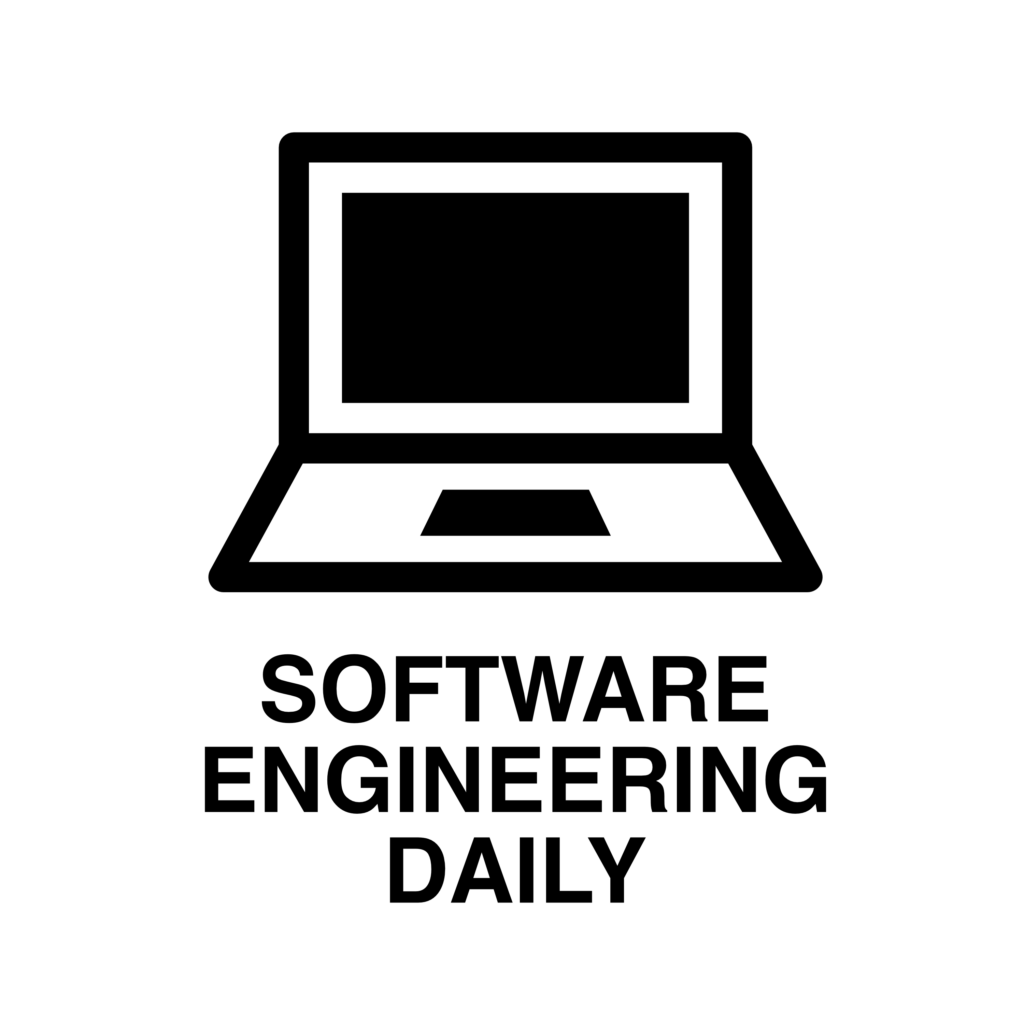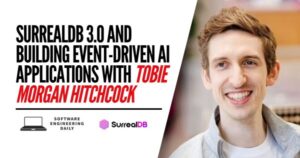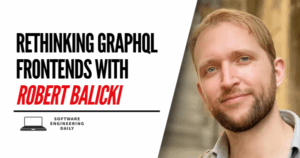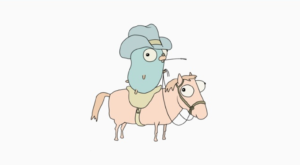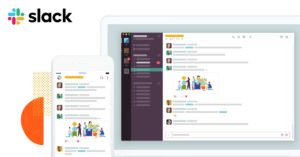CockroachDB with Peter Mattis
Podcast: Play in new window | Download
Subscribe: RSS


A relational database often holds critical operational data for a company, including user names and financial information. Since this data is so important, a relational database must be architected to avoid data loss.
Relational databases need to be a distributed system in order to provide the fault tolerance necessary for production use cases. If a database node goes down, the database must be able to recover smoothly without data loss, and this requires having all of the data in the database replicated beyond a single node.
If you write to a distributed transactional database, that write must propagate to each of the other nodes in the database. If you read from a distributed database, that read must return the same data that any other database reader would see. These constraints can be satisfied differently depending on the design of the database system. As a result, there is a vast market of distributed databases from cloud providers and software vendors.
CockroachDB is an open source, globally consistent relational database. CockroachDB is heavily informed by Google Spanner, the relational database that Google uses for much of its transactional workloads. Peter Mattis is a co-founder of CockroachDB, and he joins the show to discuss the architecture of CockroachDB, the process of building a business around a database, and his memories working on distributed systems at Google. Full disclosure: CockroachDB is a sponsor of Software Engineering Daily.
Sponsorship inquiries: sponsor@softwareengineeringdaily.com
Transcript
Transcript provided by We Edit Podcasts. Software Engineering Daily listeners can go to weeditpodcasts.com/sed to get 20% off the first two months of audio editing and transcription services. Thanks to We Edit Podcasts for partnering with SE Daily. Please click here to view this show’s transcript.


